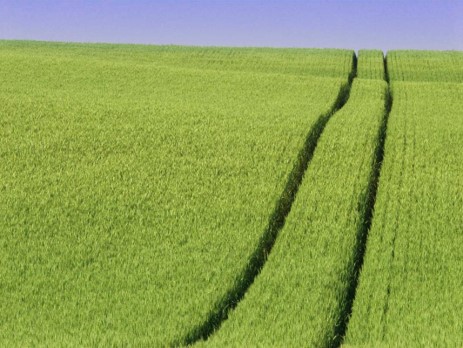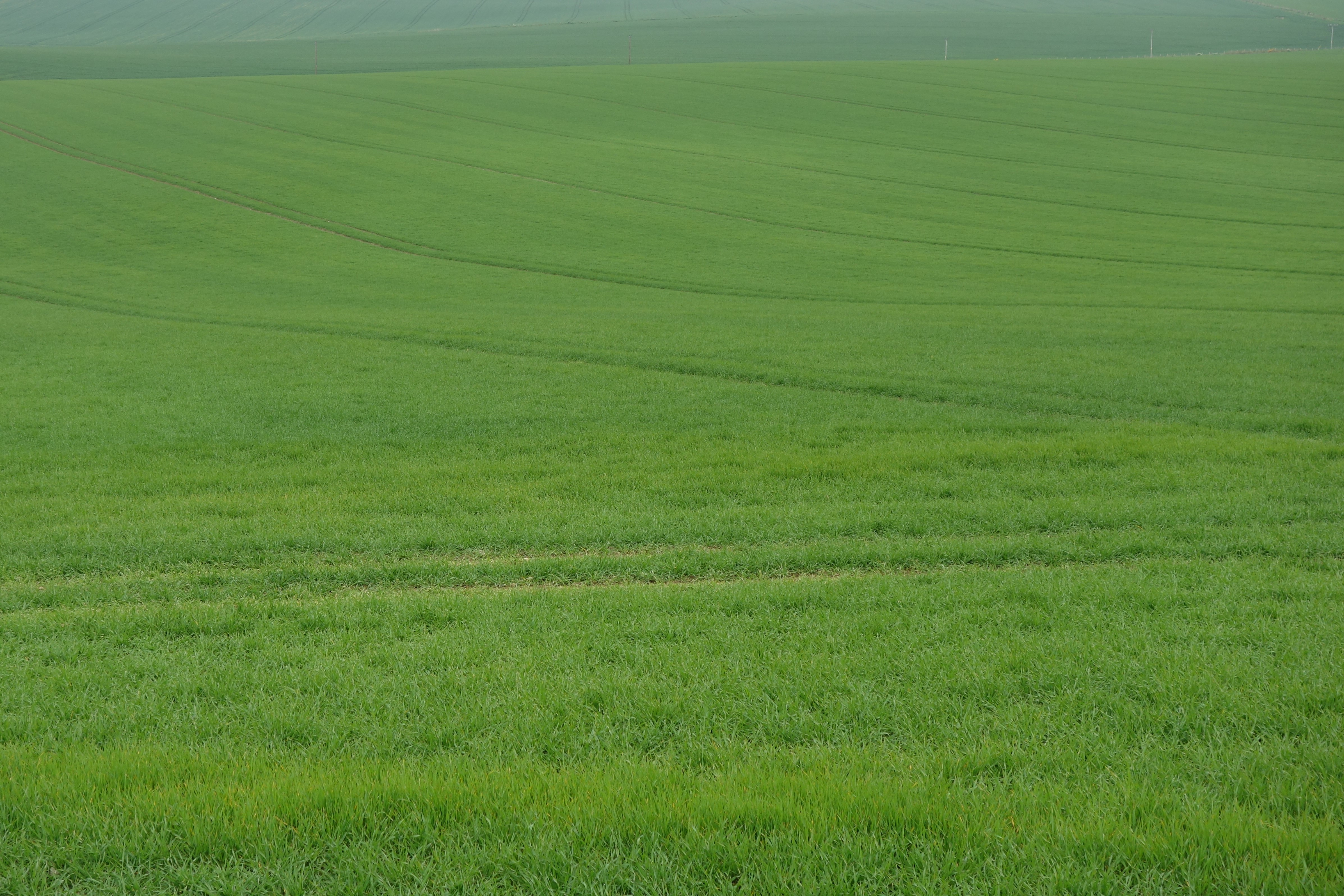Environmental Factors
| Site: | OpenLearn Create |
| Course: | Pollination and Insect Pollinators |
| Book: | Environmental Factors |
| Printed by: | Guest user |
| Date: | Friday, 26 April 2024, 8:37 PM |
Description
Five environmental factors impacting pollinator populations.1. Habitat Loss
Many pollinators are in decline in the UK. In the last 30 years, two bumblebee species have become extinct and over the last century, four species of butterfly and more than 60 moth species have become extinct. It is thought that three-quarters of British butterflies are now in decline. Loss of flowers and habitat loss has been a leading contributor to this. Habitat loss as a result of increasing intensification of land use for agriculture, forestry and development has been widespread. Over 97% of all flower-rich grasslands have been lost since the 1930s, reducing pollen and nectar sources and leading to a serious decline in the wildlife depending on wildflower-rich habitat.


Learn More:
https://www.bumblebeeconservation.org/why-bees-need-our-help/
https://butterfly-conservation.org/butterflies/why-butterflies-matter
2. Habitat Fragmentation
Bumblebees will travel long distances to forage, with some species able to travel further than others. Bumblebees require a continuous source of pollen and nectar throughout the length of the colony. If this is not available locally, they have the capacity
to travel further to find flowering sources however this has costs in terms of energy expended. For example the duration of a foraging trip for smaller bees e.g. Early bumblebee and Shrill carder bee generally take 20 mins or less whereas for the
larger bees e.g. White-tailed and Buff-tailed bumblebees is over 50 mins. Therefore as habitats become more fragmented the species with smaller foraging ranges may be impacted more.
Learn more:
https://www.bbc.co.uk/news/science-environment-39279941
3. Pesticides
Studies have revealed that bumblebees exposed to neonicotinoid pesticides visited flowers less and collected less pollen – and that resulted in fewer seeds in the fruit. Two of the world's most widely used insecticides cause significant harm to bumblebee
colonies, a new study has found.
Learn More
http://www.bbc.co.uk/gardening/basics/techniques/organic_companionplanting1.shtml
https://www.bumblebeeconservation.org/controlling-garden-pests-without-pesticides/
4. Disease
Wild bumblebees are infected with many of the diseases found in honeybees looked after by bee keepers, according to a national survey. Analysis revealed that five common viruses which cause disease in honeybees are circulating in bumblebees.
Learn More:
https://www.bbc.co.uk/news/science-environment-30831257
5. Climate Change
There is evidence that climate change is impacting UK pollinator populations on a national level. As weather patterns change, there are effects on the insects themselves and on their favoured habitats and forage plants.
The potential effects of climate change on bumblebees are much debated, but we may see decreases among some of our more northern and upland species at the same time as gaining others from the south. Indications suggest the Brown-banded Carder Bumblebee
(B. humilis), a southern species, is expanding its range north and out competing the Moss Carder Bumblebee (B. muscorum), found in more northern regions in Southern England.
Data gathered by Butterfly Conservation shows that butterflies are already being strongly affected by climate change. Over one-quarter of UK species are spreading north, with butterflies like the Comma moving at 10km per year.
Learn More:
https://www.nature.com/news/climate-change-crushes-bee-populations-1.17950
https://butterfly-conservation.org/news-and-blog/butterflies-at-massive-risk-from-climate-change